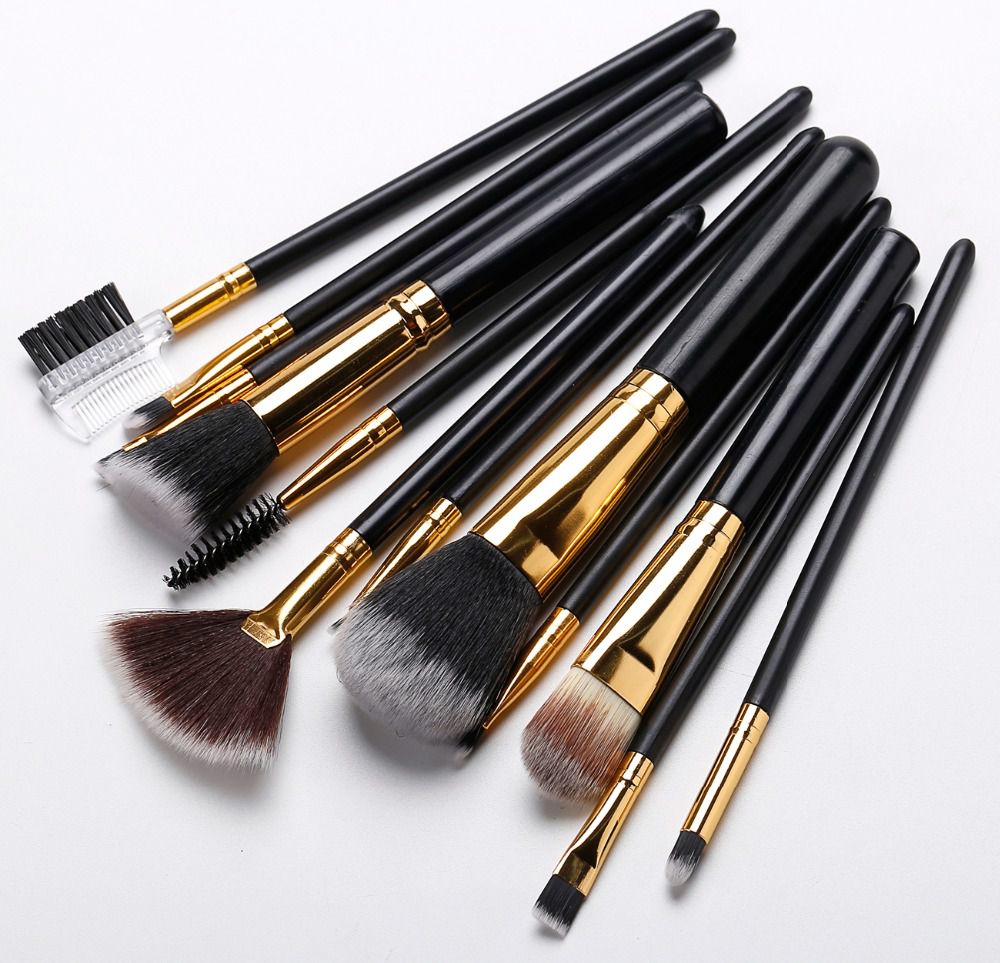Industry news
Natural Bristle Supply Chain Disrupted: Avian Flu Outbreaks Affect Horsehair and Squirrel Hair Exports
- 529 Views
- 2025-08-21 01:31:28
Natural Bristle Supply Chains Under Strain: How Avian Flu Is Disrupting Horsehair and Squirrel Hair Exports
The global cosmetic brush industry is facing an unexpected challenge: a disruption in the supply chain of natural bristles, driven by the ongoing avian flu outbreaks. While avian flu, or highly pathogenic avian influenza (HPAI), is best known for impacting poultry, its ripple effects on global animal product trade have created a perfect storm for suppliers of horsehair and squirrel hair—two critical raw materials for high-end cosmetic brushes.
Natural bristles, prized for their superior softness, powder-holding capacity, and durability, are the backbone of luxury makeup tools. Horsehair, with its balanced stiffness and resilience, is a staple in foundation and contour brushes, while squirrel hair, celebrated for its ultra-fine texture, dominates eyeshadow and blush brushes. For decades, regions like Eastern Europe (a top horsehair exporter), Northern Asia, and Scandinavia (key sources of squirrel hair) have supplied these materials to manufacturers worldwide. But since late 2023, H5N1 avian flu outbreaks have triggered stricter trade barriers and logistical bottlenecks, upending this supply chain.
The connection between avian flu and non-poultry animal hairs lies in global trade policies. To contain the spread of HPAI, over 40 countries—including major natural bristle exporters—have tightened animal product import/export regulations. Inspections for animal-borne pathogens, once a weeks-long process, now stretch to 2–3 months, as authorities expand screening to "non-avian" animal products to prevent cross-contamination risks. This delay has left manufacturers with depleted inventories: industry reports show global horsehair stockpiles down 35% year-over-year, while squirrel hair prices have surged 60% since Q1 2024.

Logistics have compounded the crisis. Many natural bristle processing hubs, often located near poultry farming regions, have faced temporary shutdowns due to local flu outbreaks, halting production. Meanwhile, freight carriers, wary of transporting animal-derived goods amid heightened检疫 scrutiny, have raised shipping costs by 40–50%, squeezing profit margins for suppliers already grappling with scarce raw materials.
For cosmetic brush brands, the impact is tangible. Small to mid-sized manufacturers, which lack the bargaining power of industry giants, are struggling to secure consistent supplies. Some have delayed product launches, while others have shifted to lower-grade natural hairs, risking quality degradation. Luxury brands, which market "100% pure squirrel hair" or "premium horsehair" as selling points, face a dilemma: absorb higher costs or compromise on their premium positioning.
The shortage has also reignited interest in synthetic alternatives. Materials like nylon-6 and PBT (polybutylene terephthalate) have improved in recent years, offering better softness and powder adherence than older synthetic bristles. However, they still fall short of natural hairs in mimicking the "natural split ends" that enhance powder pick-up—a key trait for professional-grade brushes. As a result, demand for high-performance synthetics is rising, but natural bristles remain irreplaceable for luxury segments.
Looking ahead, the industry must adapt to build resilience. Suppliers are exploring new sourcing regions, such as Southern Africa for horsehair and Canada for squirrel hair, to reduce reliance on traditional exporters. Manufacturers are also investing in strategic stockpiling, though this requires significant capital. For brands, diversifying product lines to include both natural and advanced synthetic brushes may become a survival strategy.
In the end, the avian flu-driven supply chain disruption is a wake-up call. It highlights the vulnerability of relying on niche, geographically concentrated raw materials—and the need for innovation in both sourcing and material science. As the industry navigates these challenges, one thing is clear: the era of uninterrupted natural bristle supply may be over, and adaptability will define success in the post-flu market.











